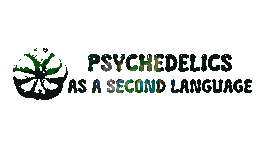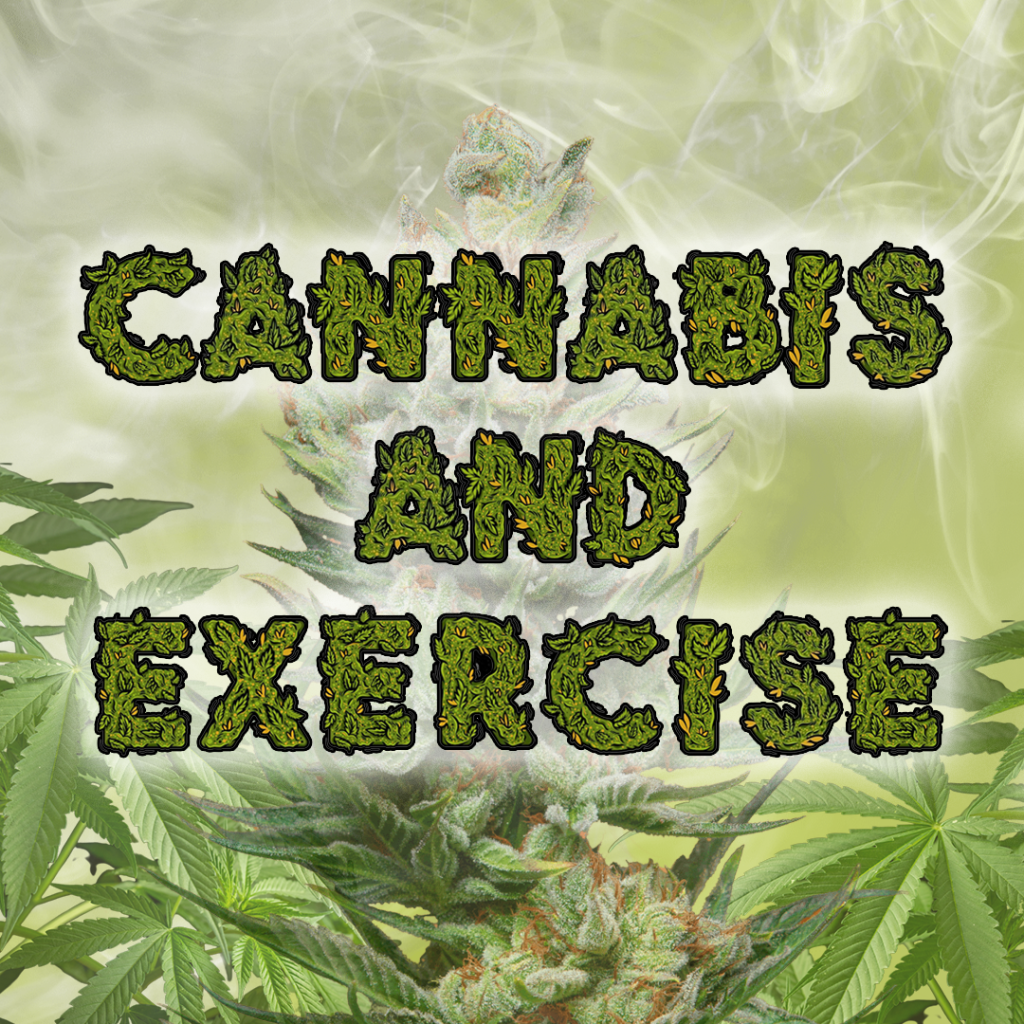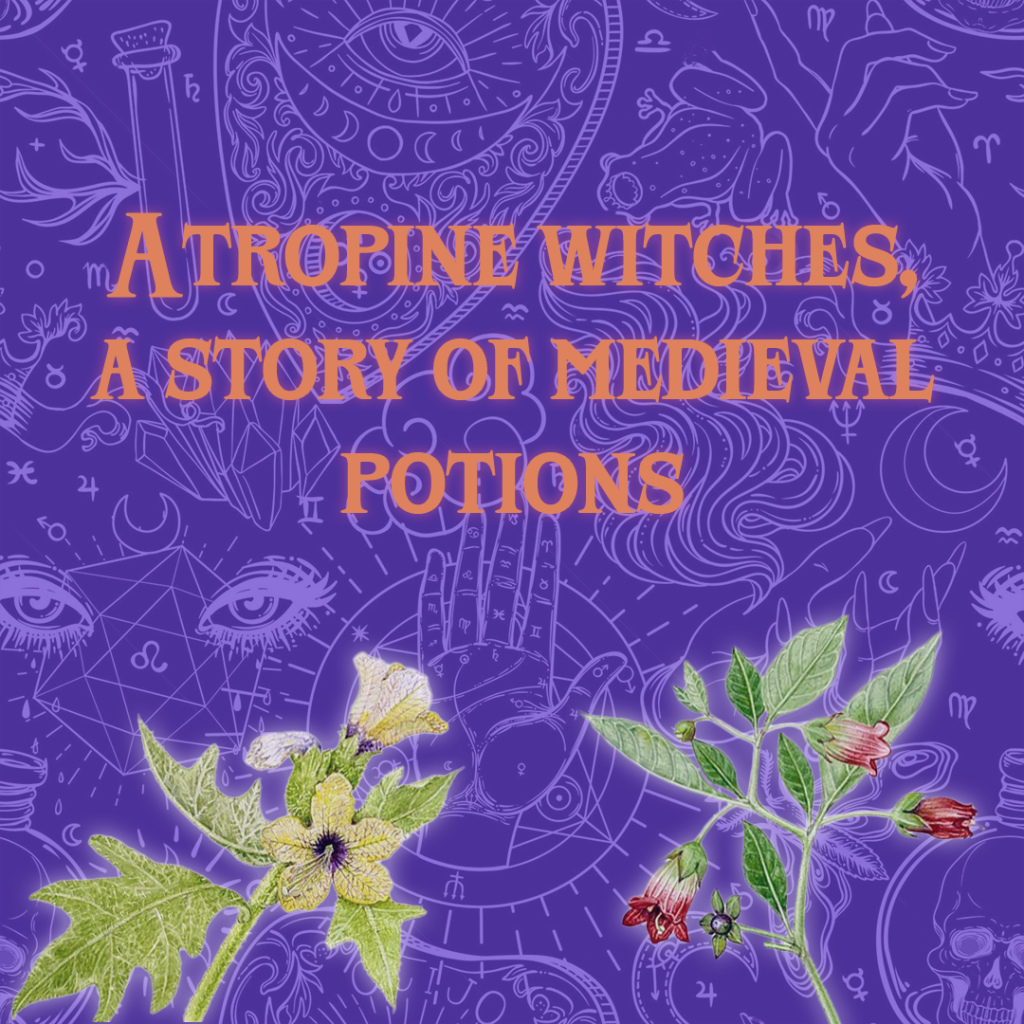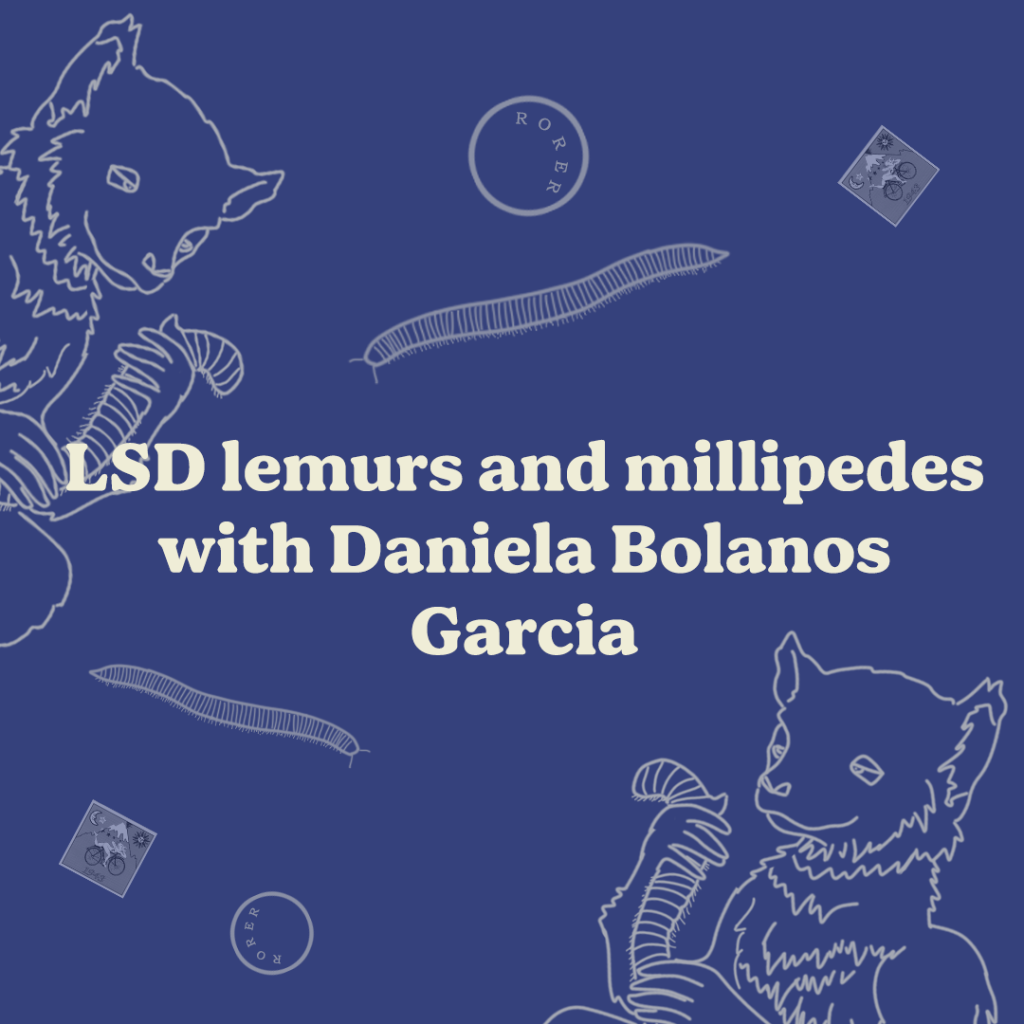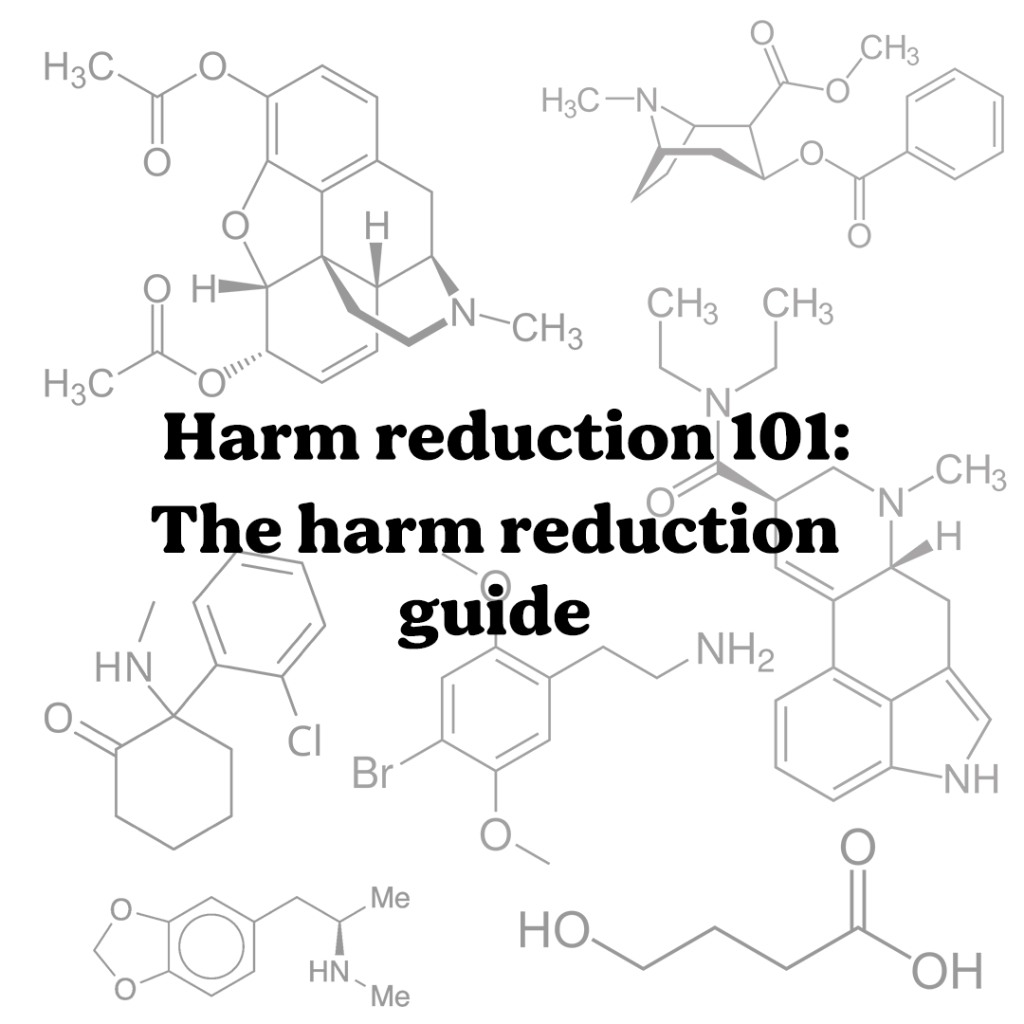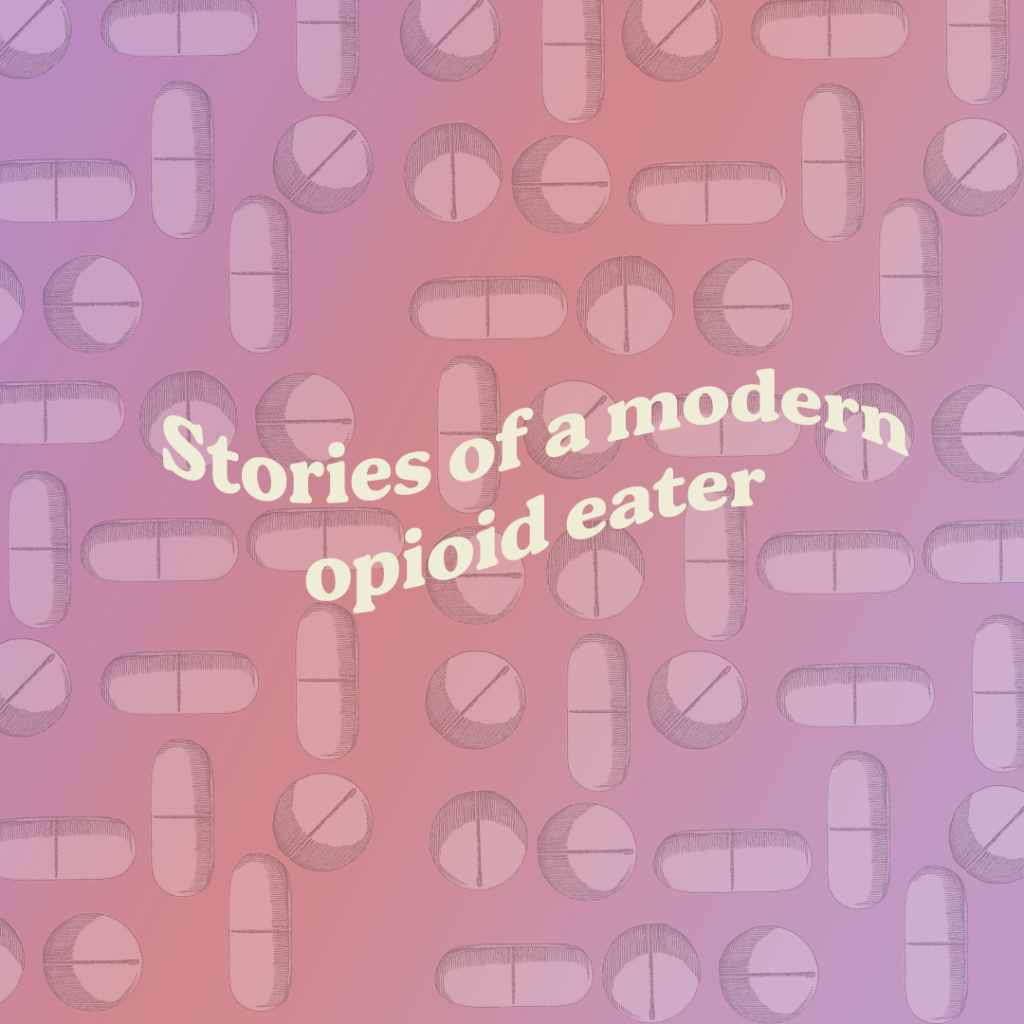Are psychedelics suitable for me?
Since the commercialization of legal psychedelic products, plenty of comments about psychedelics being miracle drugs that can cure mental illnesses in one use began to come to the surface, but are psychedelics really miracle drugs, and most importantly, how do I know if psychedelics are suitable for me? Figure out the answers to these questions here!
Are psychedelics suitable for me? Read More »
